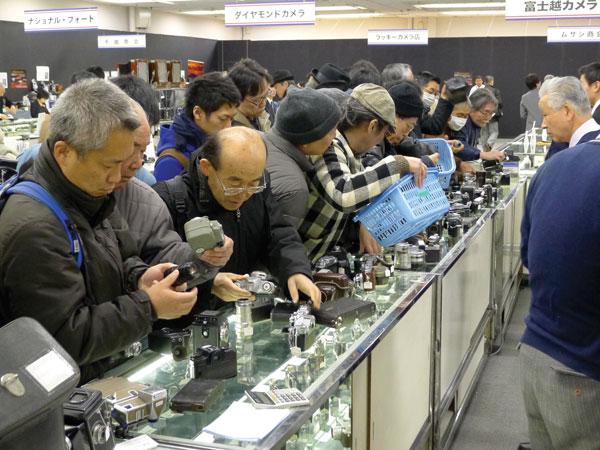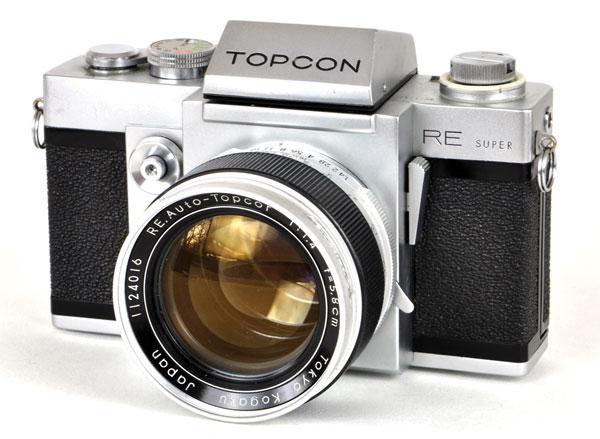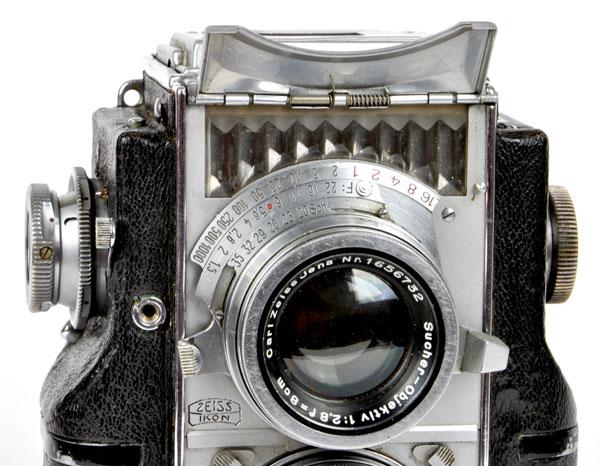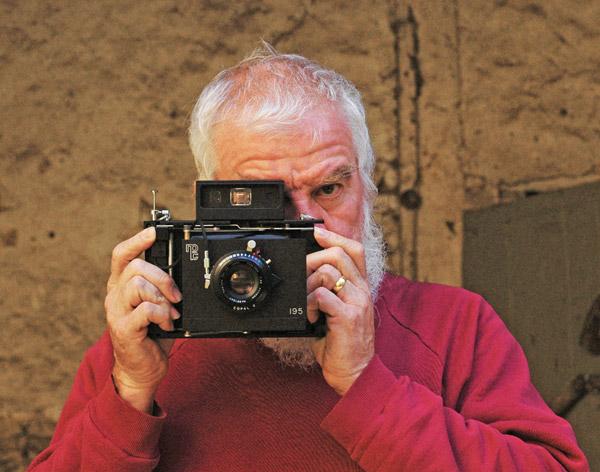|
Jan 28, 2014 |
First Published: Dec 01, 2013
|
Nov 15, 2013 |
First Published: Oct 01, 2013
|
Aug 27, 2013 |
First Published: Jul 01, 2013
|
Mar 07, 2013 |
First Published: Feb 01, 2013
|
Jan 15, 2013 |
First Published: Dec 01, 2012
|
Nov 08, 2012 |
First Published: Oct 01, 2012
|
Nov 13, 2012 |
First Published: Oct 01, 2012
|
Jun 25, 2012 |
First Published: May 01, 2012
|
Mar 22, 2012 |
First Published: Feb 01, 2012
|
Dec 09, 2011 |
First Published: Nov 01, 2011
|
Jul 08, 2011 |
First Published: Jun 01, 2011
|
Mar 01, 2011
|
Feb 01, 2011
















